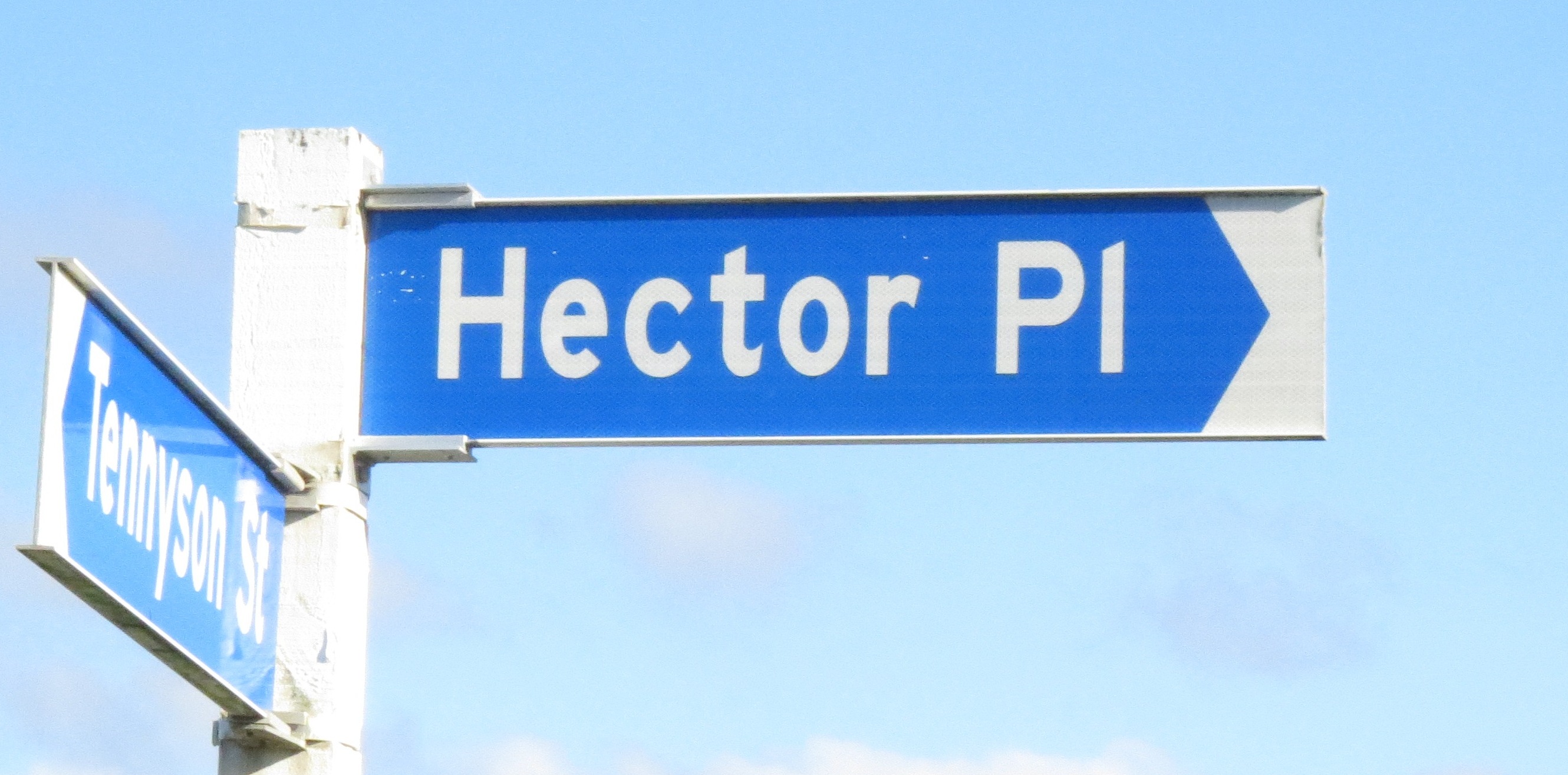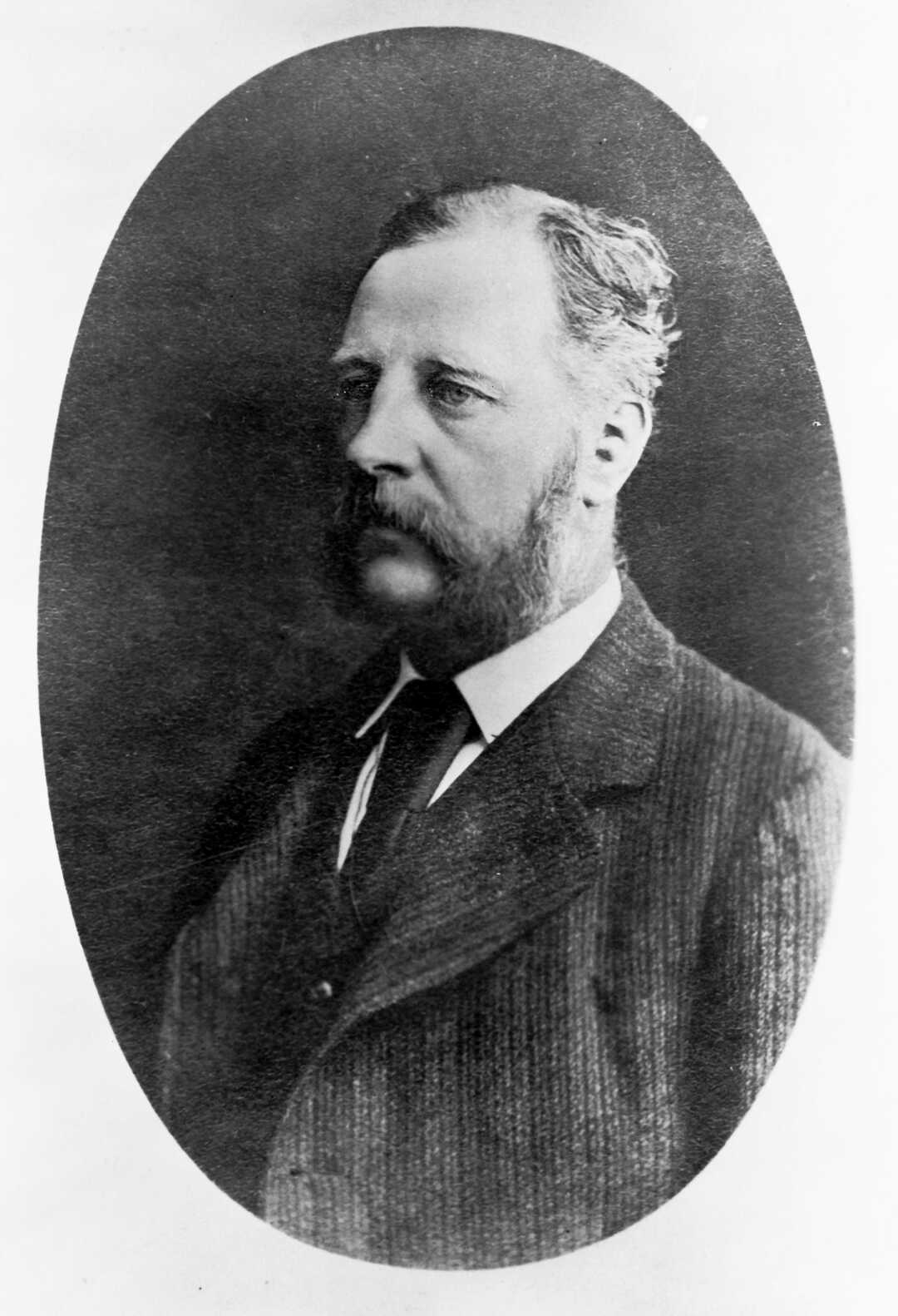



Hector Place in Ōpunake was named after a man who dominated the scientific institutions of his adopted country.
Born in Edinburgh on 16 March 1834, James Hector studied geology and medicine before spending three years exploring western Canada, mapping a route through the Rocky Mountains. He came to New Zealand in 1862, working first in Otago, where he was employed to conduct a three-year geological survey, then Wellington, where he became Director of the Colonial Museum (predecessor of Te Papa). Hector was also responsible for many other official scientific bodies, including the New Zealand Institute, and served as Chancellor of the University of New Zealand from 1885 to 1903.
Hector dedicated himself to identifying New Zealand’s natural resources, collecting fossils, introducing useful plants and overseeing research as well as founding the colony’s first scientific journal. It was thanks to him that New Zealand became the first country in the world to adopt a nationwide standard time. Before then, time had to be worked out astronomically, by measuring the movement of the earth in relation to the stars. It was only after 1866, when the first telegraph cables were laid across Cook Strait, that it became important for offices in different places to have the same opening hours so in 1868 Hector proposed that a time 11 and a half hours ahead of London, at a longitude running through Christchurch, be used as the national standard to avoid an argument between wealthy Dunedin and new capital Wellington.
James Hector married Maria Monro, daughter of the Speaker of the New Zealand House of Representatives, and they had six children. Knighted for his services to science, he died in Lower Hutt on 6 November 1907 and is buried in Taita Cemetery.
As well as the street in Ōpunake, a mountain, a lake, a settlement, an observatory, a lookout, a scientific award and 50 different plants and animals – including Hector's Dolphin – are all named after him.
This story was originally published in the Taranaki Daily News.
James Hector (Dictionary of New Zealand Biography)
LinkPlease do not reproduce these images without permission from Puke Ariki.
Contact us for more information or you can order images online here.